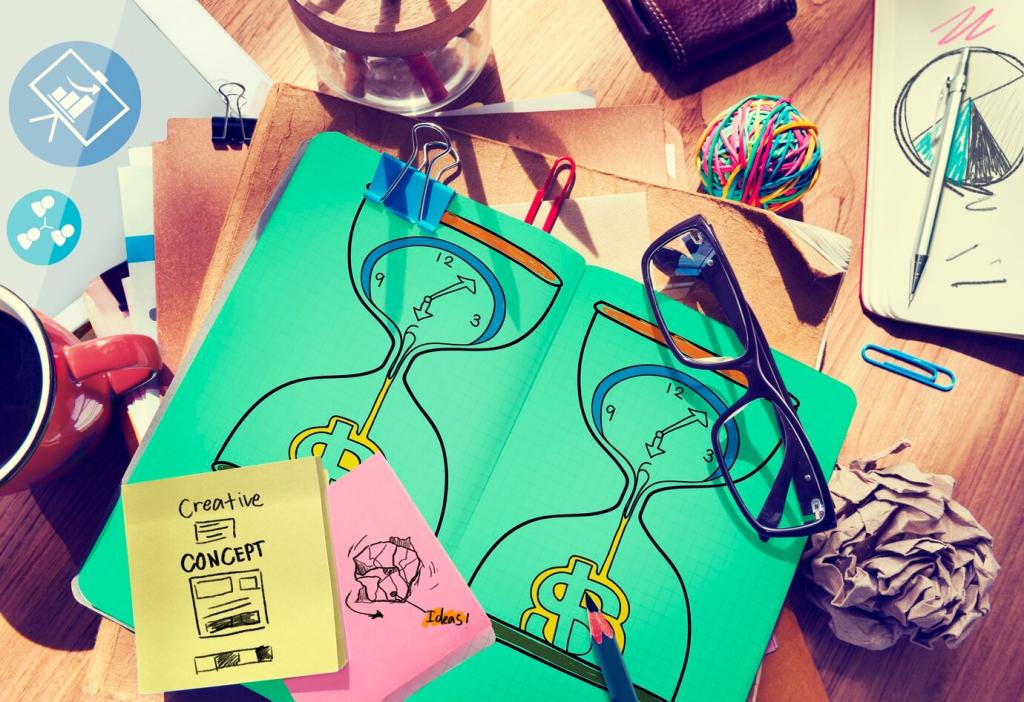Turning Trash into Treasure: Upcycling Household Waste
Discover how everyday household waste can be transformed into valuable new items through the creative process of upcycling. This guide explores the importance of upcycling, practical methods you can employ at home, inspiring real-world examples, and ideas to motivate your own sustainable journey. Unlock the potential in what you once considered trash and make a positive impact on the environment by adopting innovative, resourceful habits.
Reducing Environmental Impact
Every year, tons of household waste end up in landfills, contributing to pollution and wasting precious resources. By upcycling, we divert significant amounts of waste from these landfills and reduce greenhouse gas emissions generated through decomposition. Upcycling encourages the reuse of materials, lessening the demand for raw resources and the energy involved in their extraction and production. As a result, the overall environmental footprint of an individual or household is greatly diminished. This positive change contributes to global efforts to combat climate change and preserve ecological balance for future generations.
Encouraging Creativity and Resourcefulness
Upcycling invites people to view discarded items with fresh eyes, fostering creativity and problem-solving skills. Transforming an object’s function or appearance pushes the boundaries of traditional thinking and encourages innovative solutions to everyday problems. This creative approach not only makes life at home more interesting but also nurtures a sense of pride and accomplishment. For families, it can be a fun, educational activity that instills resourcefulness in children and adults alike, reinforcing the value of making the most out of available materials.
Economic Benefits for Households
In an age of rising living costs, upcycling offers significant financial relief. Instead of purchasing new products, households can repurpose and refashion what they already have, extending the usable life of common goods. This practice lessens household expenses and can even lead to additional income, should individuals choose to sell their upcycled creations. In growing communities of makers, upcycled products are sought after for their uniqueness and sustainability factor. By saving money and potentially generating revenue, upcycling benefits not just the planet, but household budgets as well.
Previous slide
Next slide
Upcycling Methods for the Home
Cardboard boxes, glass jars, and plastic containers are abundant in most households and boast remarkable upcycling potential. Cardboard can be cut, painted, and shaped into storage organizers or playhouses for children. Glass jars offer stylish and functional solutions for food storage, decorative lighting, or even indoor gardening projects like terrariums. Plastic bottles can become planters, scoops, or quirky bird feeders with minimal effort. Repurposing these materials reduces the need for new purchases, keeps waste out of the landfill, and allows for customized, handmade touches throughout the home.
Old clothing, linens, and fabric scraps piled up in closets often represent more than just clutter—they’re opportunities to create. When textiles become stained, outdated, or worn, upcycling offers a new purpose. Cut-up t-shirts can be woven into durable rugs or reusable shopping bags, while odd socks or towels can be repurposed as cleaning rags or pet toys. Adventurous crafters might try patchwork quilting or turning jeans into fashionable accessories. The transformation of unwanted textiles not only declutters living spaces, but also celebrates personal style and resourcefulness.
Discarded or outdated furniture doesn’t have to end up in the trash. With a bit of sandpaper, paint, and creativity, old pieces can be transformed to fit new aesthetics and needs. An unused wooden ladder might find new life as a bookshelf, while chipped chairs can morph into quirky garden planters. Salvaged wood can become unique picture frames or wall art. These projects do not just breathe new life into furniture but can also add character and charm that mass-produced pieces often lack. Furniture upcycling is particularly rewarding, as it contributes to both sustainability and personalized home design.


Previous slide
Next slide
